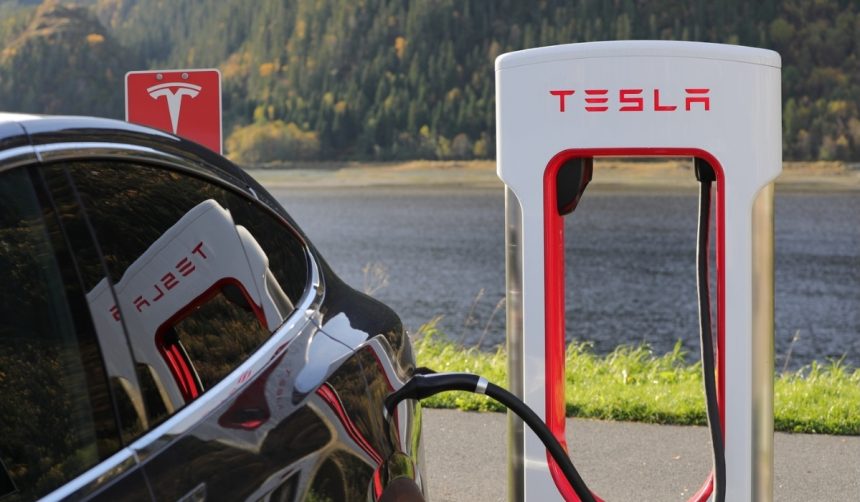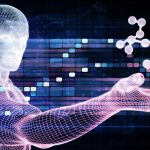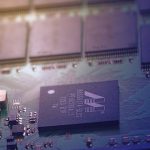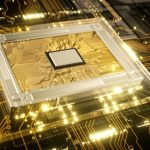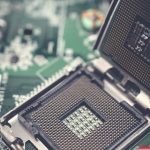Tesla continues to expand its capabilities in the field of advanced computing by developing a new facility known as Cortex 2.0 within its Giga Texas complex. This development is part of the company’s ongoing efforts to enhance its technological infrastructure, particularly in support of its autonomous vehicle and robotics ambitions. This new facility, once completed, is expected to supplement Tesla’s existing Cortex supercluster, offering expanded capacity for computing tasks crucial to the company’s future projects.
Tesla’s activity surrounding advanced computing facilities has been a focus for some time as the company aims to bolster its self-driving vehicle systems. Progress on Cortex 2.0 reflects Tesla’s determination to maintain a leading edge in its technological pursuits. Previously, Tesla faced scrutiny regarding the front-loading of technological investments without clear immediate returns. However, the company’s strategy is gradually presenting a vision for utilizing such infrastructure in upcoming projects like robotaxis and Optimus robots.
What are the specifics of the new facility?
Longtime observer Joe Tegtmeyer has noted that the area designated for Cortex 2.0 is progressing swiftly. Initially labeled as the Central Campus Support, the site has recently been re-designated as part of the Cortex 2.0 project. The anticipated speed at which this is happening suggests Tesla is aiming to have the facility operational potentially by the end of the year. Work on the building shell is currently underway, with additional permits filed for further construction phases.
How will Cortex 2.0 support Tesla’s future projects?
Cortex 2.0 will likely provide substantial resources for Tesla’s Full Self-Driving (FSD) and Optimus robotics programs. Tesla’s FSD technology aims to transition from its current supervised form to an unsupervised, fully autonomous system. Furthermore, the Optimus program, which Elon Musk has hinted at advancing within the year, will require significant computing power, likely supplied by the expanding Cortex infrastructure.
What distinguishes this expansion from previous efforts?
Tesla’s Cortex 2.0 project represents an evolution in the company’s focus on computing power, complementing the existing infrastructure at Giga Texas. Unlike previous endeavors which centered solely on vehicle production, this facility highlights Tesla’s shift towards becoming a leader in AI and robotics. The accelerated timeline suggests a growing confidence in integrating these technologies into Tesla’s broader business model more rapidly.
As Tesla aggressively pushes forward with new technological developments, its efforts with Cortex 2.0 have significant implications. The enhancement of the Cortex cluster underscores Tesla’s investment in enabling cutting-edge applications not only for the automotive industry but also for robotics and AI. With the advancing timeline and ambitious plans laid out by the company, Cortex 2.0 stands as a testament to Tesla’s strategic direction in its pursuit of innovation across multiple sectors.

